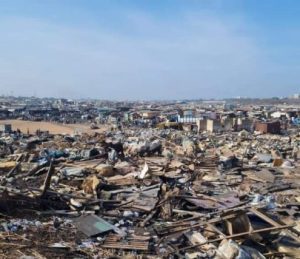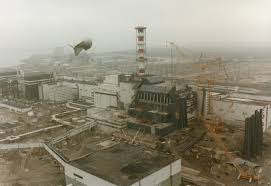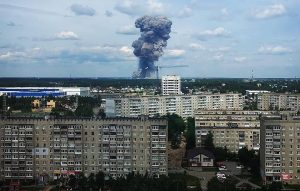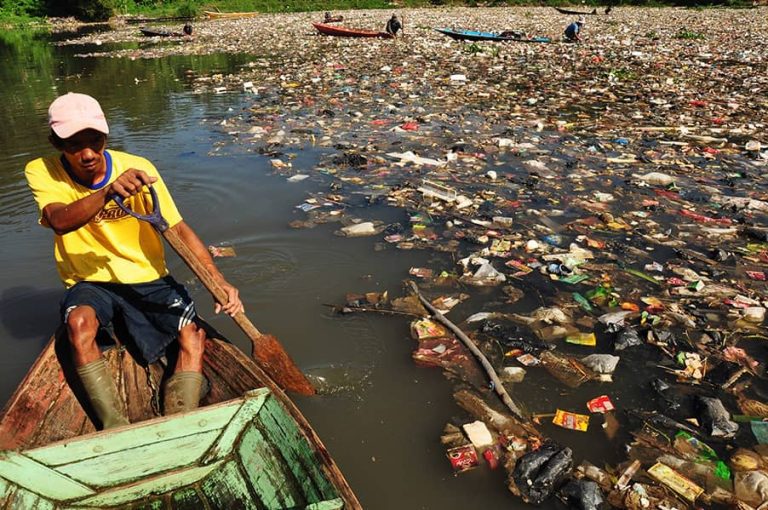All around the world, there are places that are very toxic due to the profound and dangerous impact pollution has caused on these locations. Pollution has turned these destinations into some of the most toxic places on Earth. Today we will be exploring four of these locations that pose a real threat to human health and biodiversity.

1. Agbogbloshie Dumpsite, Ghana
The first location on our list of the most toxic places in the world is the Agbogbloshie dumpsite in Ghana. This hazardous site is known as one of the largest e-waste dumping grounds in the world. Along with generating about 129,000 tonnes of electronic waste yearly, there are also around 215,000 tonnes of second-hand electronics arriving in Ghana every year, mostly from Europe. The manner in which these devices are discarded causes toxic chemicals to be released into the air and the soil.
The plastic casings of the electronics are burnt by workers using materials like polystyrene as fuel to recover the copper inside. As a result, lead is released, contaminating the air and the soil, as well as other harmful substances. The site harbours nearly half of the elements on the periodic table, ranging from arsenic to zinc. There are serious health risks for anyone who is exposed to these toxic elements for a long period.

2. Chernobyl, Ukraine
In Ukraine, Chernobyle is a dangerous area where radioactive elements are located in the soil, posing a threat to anyone who gets too close to the site. This is the result of the Chernobyl disaster that occurred in 1986, which is known as one of the most catastrophic nuclear incidents in history. The disaster occurred when a reactor exploded at the Chernobyl nuclear power plant, releasing large quantities of radioactive material into the atmosphere. The explosion affected many people and wildlife within an 18-mile radius, which has since been called the Exclusion Zone. The explosion resulted in many people suffering from radiation-related illnesses, such as cancer, mental disorders, and increased rates of leukaemia. However, despite the radioactive environment, plants and animals have adapted to the environment.

3. Citarum River, Indonesia
In Indonesia, the Citarum River, which stretches over 13,000 square kilometres, is the main source of water for approximately 30 million people, which resulted in it being greatly polluted from factories dumping chemicals into the water. This river is known as one of the most polluted rivers in the world. The water contains high levels of heavy metals such as lead, manganese, and aluminium. People who rely on the water for drinking, bathing, and fishing are at great risk.
Additionally, the river contains large amounts of plastic waste that clogs its flow. The Indonesian government has undertaken a long-term plan to restore the river, with financial assistance allocated over 15 years.

4. Dzerzhinsk, Russia
One of the most chemically polluted towns on Earth is Dzerzhinsk in Russia, which was once a major hub for chemical manufacturing. In fact, Dzerzhinsk holds the record in the Guinness Book of World Records for “The Most Chemically Polluted Town.” Chemical waste, which includes a mix of dangerous toxins, has been improperly discarded for over 60 years. The environment subsequently turned toxic, resulting in a very low life expectancy.
Despite efforts to clean up the town by the government, decades of pollution still impact the residents, and high rates of respiratory and cancer-related illnesses have been recorded.
Conclusion
These toxic locations are unsafe for people, and while some of these areas are receiving attention and funds to restore them, others remain hazardous, with local populations bearing the brunt of environmental neglect. However, it is also important to address the roots of these problems, which requires a global commitment to sustainable production, stricter regulations, and support for communities affected by pollution.

